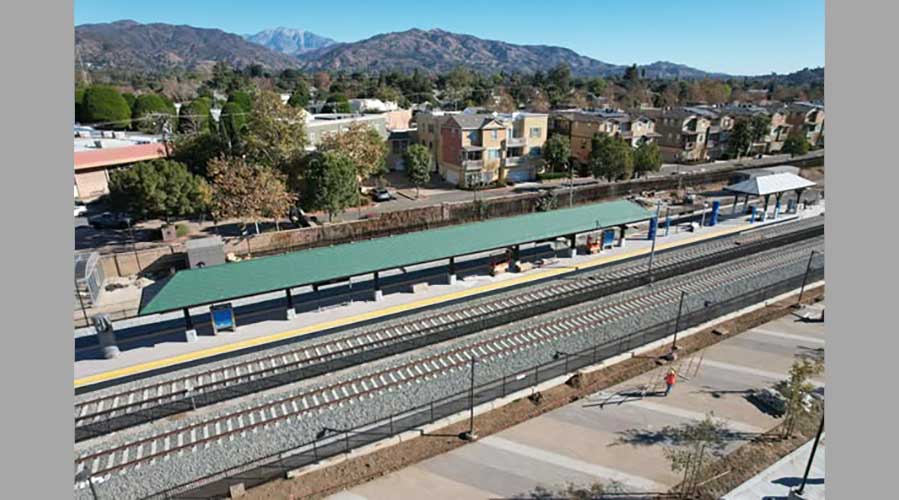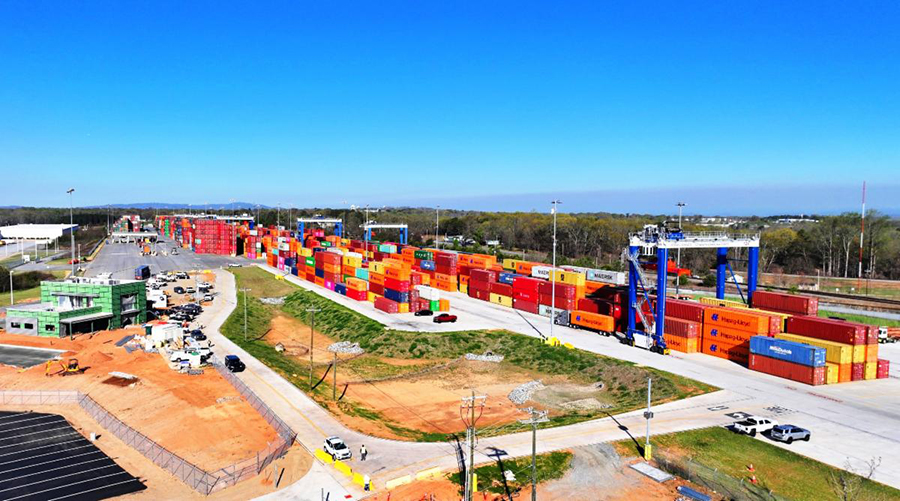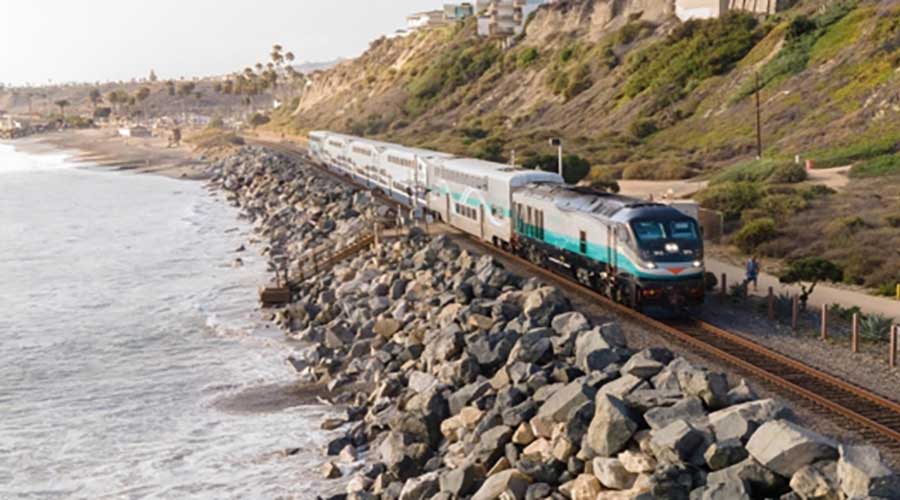Newsletter Sign Up
Stay updated on news, articles and information for the rail industry
Stay updated on news, articles and information for the rail industry
Rail News Home
Rail Industry Trends
Rail News: Rail Industry Trends
6/5/2001
Rail News: Rail Industry Trends
Intermodal growth spurs CPR's capacity-expansion investment
advertisement
Canadian Pacific Railway June 5 announced plans to expand and improve intermodal facilities in Chicago, Toronto, and Calgary, Alberta — to the tune of $23.5 million.
The Class I in fall began preliminary work on the cornerstone of its plan, a $17 million, 55 percent capacity expansion of its Toronto-based Vaughan Intermodal Facility, which CPR expects to complete Aug. 31. The terminal is the largest — and busiest — of CPR’s 22 intermodal facilities.
The project includes building an empty marine-container depot and wheeled parking area with a separate entrance; reconfiguring the existing terminal’s layout to accommodate longer trains; constructing a 5,000-foot track for container loading and unloading; extending two tracks to 5,000 feet; building new working areas for container loading, unloading and storage; and installing two toplifters and one rubber-tire gantry crane.
"The Vaughan expansion will have a positive effect on our Obico Intermodal Facility in southwestern Toronto, [as] we will be able to shift some east-west traffic to Vaughan and free up capacity at Obico to attract new Canada-U.S. business — taking it off the overloaded trans-border highways," said Hugh MacDiarmid, CPR executive vice president, commercial, in a prepared statement.
CPR also plans to spend $5.2 million expanding the capacity of its three-year-old Calgary Intermodal Facility from 105,000 annual handlings to 150,000 annual handlings, and $1 million improving Chicago-based Bensenville Yard to speed the railroad’s handling of international marine containers originating from or destined for Europe and the Pacific Rim.
Intermodal traffic now represents CPR’s largest revenue-generating business segment, surpassing grain, coal and other bulk commodities. Between 1996 and 2000, CPR’s intermodal revenue increased 29 percent; intermodal traffic accounted for 23 percent of the Class I’s first-quarter 2001 revenue.
The Class I in fall began preliminary work on the cornerstone of its plan, a $17 million, 55 percent capacity expansion of its Toronto-based Vaughan Intermodal Facility, which CPR expects to complete Aug. 31. The terminal is the largest — and busiest — of CPR’s 22 intermodal facilities.
The project includes building an empty marine-container depot and wheeled parking area with a separate entrance; reconfiguring the existing terminal’s layout to accommodate longer trains; constructing a 5,000-foot track for container loading and unloading; extending two tracks to 5,000 feet; building new working areas for container loading, unloading and storage; and installing two toplifters and one rubber-tire gantry crane.
"The Vaughan expansion will have a positive effect on our Obico Intermodal Facility in southwestern Toronto, [as] we will be able to shift some east-west traffic to Vaughan and free up capacity at Obico to attract new Canada-U.S. business — taking it off the overloaded trans-border highways," said Hugh MacDiarmid, CPR executive vice president, commercial, in a prepared statement.
CPR also plans to spend $5.2 million expanding the capacity of its three-year-old Calgary Intermodal Facility from 105,000 annual handlings to 150,000 annual handlings, and $1 million improving Chicago-based Bensenville Yard to speed the railroad’s handling of international marine containers originating from or destined for Europe and the Pacific Rim.
Intermodal traffic now represents CPR’s largest revenue-generating business segment, surpassing grain, coal and other bulk commodities. Between 1996 and 2000, CPR’s intermodal revenue increased 29 percent; intermodal traffic accounted for 23 percent of the Class I’s first-quarter 2001 revenue.


 LRW Honors Amtrak’s Acheson As Railway Woman Of The Year
LRW Honors Amtrak’s Acheson As Railway Woman Of The Year
 From Editor-In-Chief Foran: Of Gender Equity And Inclusion
From Editor-In-Chief Foran: Of Gender Equity And Inclusion
 Spotlight On Some Of Today’s Rail Safety Products
Spotlight On Some Of Today’s Rail Safety Products
 Women of Influence in Rail eBook
Women of Influence in Rail eBook
 railPrime
railPrime








